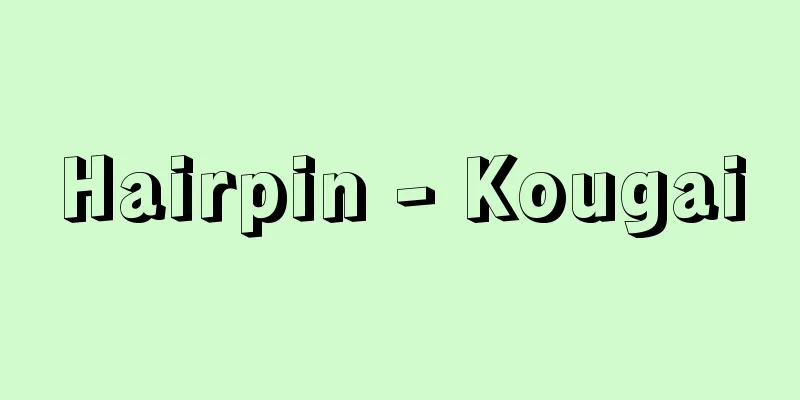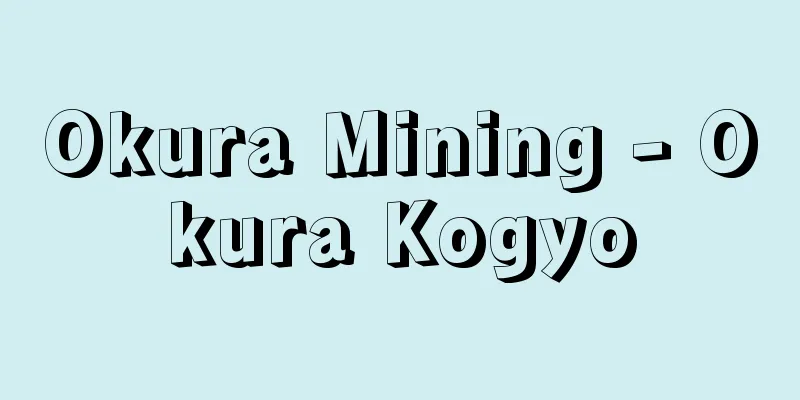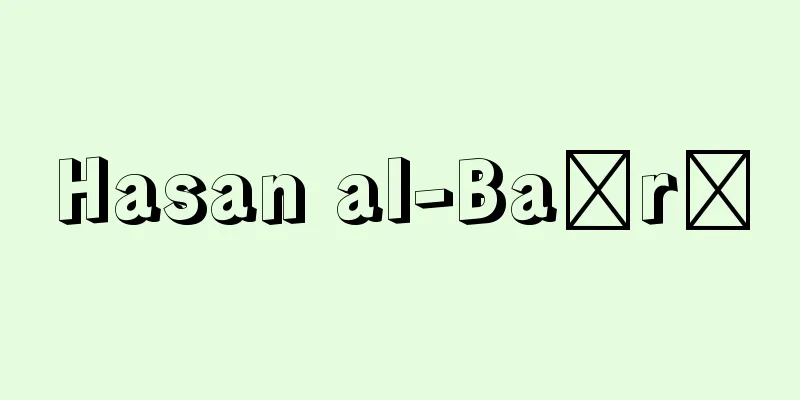Hairpin - Kougai

|
A type of hair ornament for women, it is characterized by its rod-like shape. The highest quality are made of tortoiseshell, and some are decorated with ivory, gold and silver lacquer, and mother-of-pearl. Imitations of tortoiseshell are made from horse talons and are lighter in color than tortoiseshell. Recently, some have been made by gluing thin tortoiseshell to synthetic resin. They are generally long and thin rod-like, with both ends cut into squares or ovals, and some are called hana-kogai, and are insert-type, with elaborate peonies and other flowers carved into both ends. There are also large earpicks. Hana-kogai are inserted by the bride into her bunkin takashimada hairstyle at the time of her wedding, and many have longevity patterns featuring pine, bamboo, plum, and cranes and turtles to make them look even more gorgeous as hair ornaments. In everyday life, it was common for young people to wear a flower and bird ornament on only one side of their hairpin. Originally, hairpins were used more by men than women, as hair combs. In the days when crowns and hats were worn, hair would get steamy, and as wars continued day and night, people had to wear helmets all the time, so they began to be used to comb their hair. To comb their heads, soft, bendable metal was used. Women began using them in the Edo period to tidy up their hanging hair, which led to the development of the hairpin topknot, a hairstyle that uses hairpins. In the early Edo period, whale and crane shinbones were used as materials, and tortoiseshell was used during the Genroku period (1688-1704), while lacquerware began to be used after the Kyoho Reforms (1716-1745) of the eighth shogun, Tokugawa Yoshimune. The flamboyant development of the hairpin was closely related to the pleasure quarters, and it was only after the Kansei Reforms (1787-1793) that it began to be worn like a halo on a Buddhist statue, as can be seen in the world of Nishikie prints. Not only did it become common for ordinary people to wear two hairpins in their hair, but in Kamigata, paper kogazashi (hairpins) were made and tied under the topknot when tying the hair, with the hairpin passing through it. With the start of the Meiji period, as sokuhatsu (hairpins), which are quicker and easier to tie than traditional Japanese hairstyles, became popular, the popularity of the hairpin gradually faded, but it still survived to a small extent among the elderly until World War II. [Takeshi Endo] "Kitagawa Morisada's 'Ruishū Kinsei Fuzokushi' (1934, Kouseikaku)" ▽ "Kishi Magodayū's manuscript of 'Umani Zoushi' (Ansei era, National Diet Library edition)" [Reference] |Edo period (1615-1868) Shakudo, gold, silver, and copper Length: 21.0 cm Collection of the Metropolitan Museum of Art Hairpin Source: Shogakukan Encyclopedia Nipponica About Encyclopedia Nipponica Information | Legend |
|
女性の髪飾りの一種で、棒状をなしているのが特色である。最上級品はべっこうでつくられ、象牙(ぞうげ)、金銀の蒔絵(まきえ)のなかには螺鈿(らでん)を施したものもある。まがい物のべっこうは馬爪(うまのつめ)でつくられ、色はべっこうに比べると淡い。最近は、合成樹脂に薄いべっこうを張り合わせたものもある。だいたいその形は細長い棒状で、両端を角切りにしたり、楕円(だえん)形にしたり、なかには花笄といって差し込み式になって、両端に手の込んだ牡丹(ぼたん)などの花を細工したものもある。また大きな耳かきを細工したものもある。花笄は、婚礼の際に花嫁が文金高島田に挿すもので、松竹梅や鶴亀(つるかめ)をあしらった寿(ことぶき)模様が多いのは、髪飾りとして一段と華やかにするためである。また日常生活では、若い人たちは笄の一方だけに花鳥の飾りをつけるのを普通とした。 元来、笄は、当初は女性よりも男性の用いるもので、髪かきとして用いられた。つまり冠帽をかぶっていた時代には頭髪が蒸れ、また戦乱が日夜打ち続くようになってからは絶えず冑(かぶと)をかぶっていたため、髪をかく必要があり使われ始めたことによる。頭をかくために、柔らかく曲げられる金属が用いられた。女性が用いるようになったのは、江戸時代になって下げ髪を始末するためであり、笄を利用した髪形の笄髷(まげ)の発生につながる。江戸時代初期の材料は、鯨(くじら)や鶴の脛骨(けいこつ)が用いられ、べっこうが用いられたのは元禄(げんろく)時代(1688~1704)、蒔絵は8代将軍徳川吉宗(よしむね)の享保(きょうほう)の改革(1716~1745)以後である。 笄の華やかな発達は、遊里と関係が深く、仏像の光背のように挿すようになったのは寛政(かんせい)の改革(1787~1793)以後で、錦絵(にしきえ)の世界からこれを知ることができる。そして、民間でも2本挿すのが普通となったばかりでなく、上方(かみがた)では笄ざしというものを紙でつくり、これを、髪を結うときに髷の下に結び付けて、この中に通すようになった。明治になって、日本髪よりも手早く簡単に結える束髪(そくはつ)が流行してから、しだいにその影が薄くなったが、それでもその命脈は、第二次世界大戦までは年配者の間にわずかに残っていた。 [遠藤 武] 『喜田川守貞著『類聚近世風俗志』(1934・更生閣)』▽『貴志孫太夫稿本『鵜真似草子』(安政年間・国立国会図書館本)』 [参照項目] |江戸時代(1615~1868年ころ) 赤銅・金・銀・銅 長さ21.0cmメトロポリタン美術館所蔵"> 笄 出典 小学館 日本大百科全書(ニッポニカ)日本大百科全書(ニッポニカ)について 情報 | 凡例 |
Recommend
《Wind and Lion》
...The fight between the two peasants at the begi...
Fjalarr
…Kvasir traveled the wide world, imparting wisdom...
Ecole Parnassian - Ecole Parnassian
…This is a translation of the term l'école pa...
Bemba people - Bemba tribe (English spelling)
The Babemba, also known as the Awemba, are the lar...
Miron Costin
1633‐91 A Romanian chronicler of note. His major w...
Pseudo Reserve - Gijijunbikin
…Specific reserve funds can be withdrawn for spec...
Izu, I.
…After Symbolism, modern poetry attempted to reco...
Theodoret (of Cyrus)
393 koro-466 Bishop of Cyrus in Syria and Greek Ch...
Seasoning (Gagaku) - Anbai
…The "flute" includes the hichiriki, va...
Acala - Fudo Myoo
Another name for the Hindu god Shiva, Acalanata, ...
Proms
… Promenade concerts were originally concerts hel...
Straining
…There are many occasions in daily life when abdo...
Kanto region
These were the fiefs of the Kamakura Shogunate. A...
Oshima (town) (Tokyo) - Oshima
…The largest island in the northernmost part of t...
Gojome [town] - Gojome
A town in Minamiakita County, western Akita Prefec...









